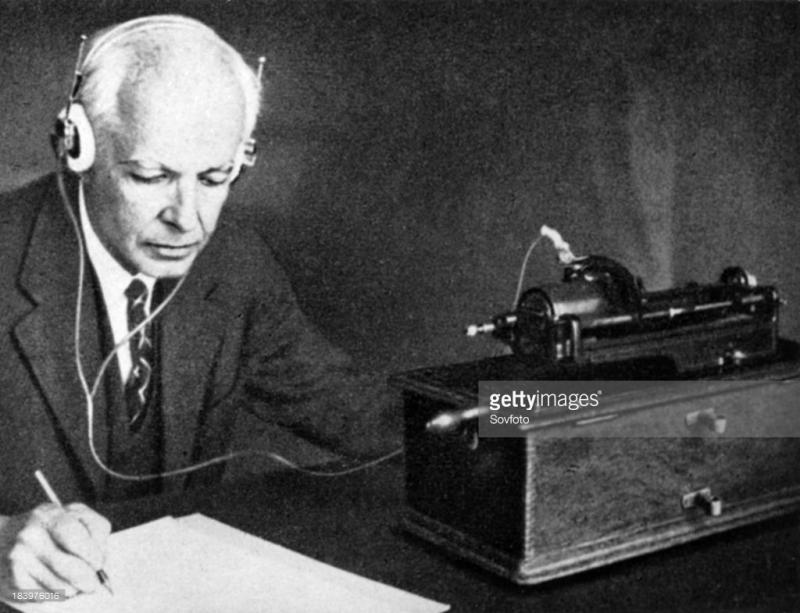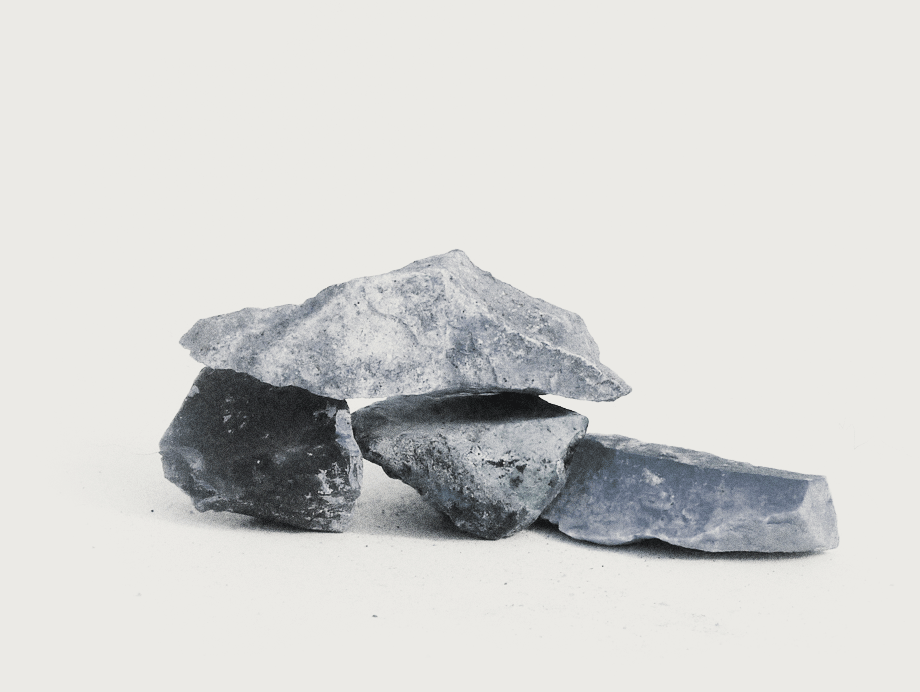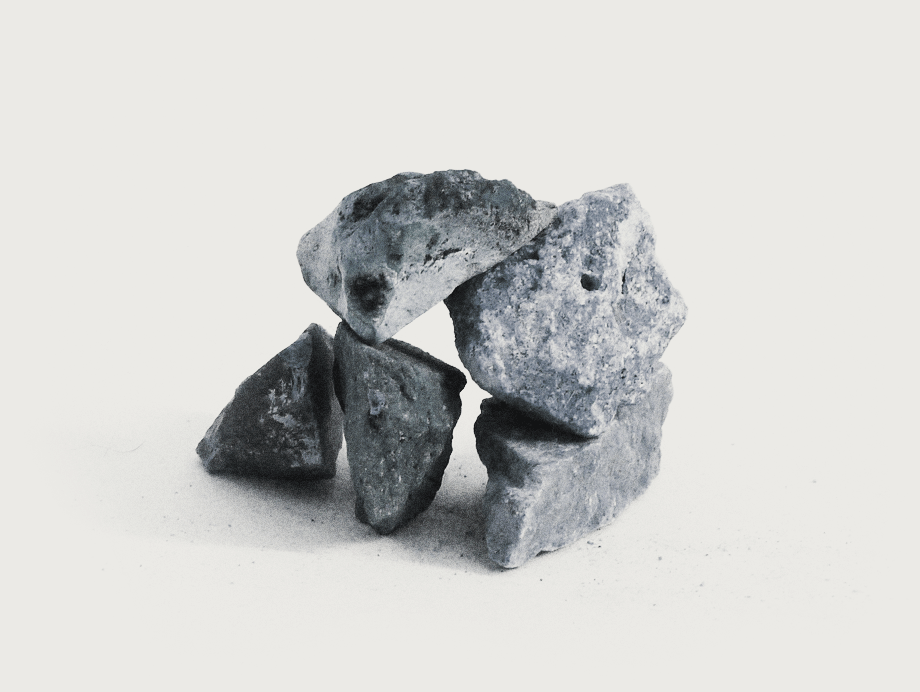Eyes on Belà Bartók

Project
Ensemble Cairn presents a portrait of the Hungarian composer Béla Bartók (1881-1945), choosing the angle of eastern European traditional music: Hungarian music, Romanian music or Gipsy music… A tradition that was very dear to him; that is in fact at the very core of his artistic language. In 1905, Béla Bartók initiated a series of journeys in the Hungarian, Romanian and Moldovan countryside in order to collect, with the help of a gramophone, the songs, melodies and popular dances of the Balkan culture.
“Studying folkloric music, I discovered that what we knew of folkloric Hungarian songs were only the trivial songs of popular composers, which held no particular value. I thus felt the need to further examine the matter, and in 1905, I undertook the collection and study of the yet unknown Hungarian country music. I was very lucky to find a colleague to pursue this task with, Zoltan Kodaly. Thanks to his extended experience and judgment in all matters of music, he served as a counsellor of immense worth.”
Bartók and Kodaly engaged in an extensive ethnomusicological and ethnographic collecting work, which led to the second task of transcribing and recording all of these popular melodies. They comprised a large part of European traditional music, but also saw further (they travelled for instance to Anatolia and Egypt). It is estimated that between 1905 and 1918, Bartók collected as much as 10.000 Hungarian, Romanian, Slovak, Bulgarian and Arab, Serbian or Croatian melodies.
Ensemble Cairn’s concert will include Dances, Rhapsodies and Songs that will serve as the narrative thread to this journey through time – the beginning of the 20th century – and space – Eastern Europe. This concert will also pay homage to Bartók’s role as a great figure of written music, inspiring numerous composers; among which Gyorgy Ligeti, who also strived to include fragments of popular music in his work.
In a further appreciation of the work he inspired, Cairn will play Caprice 2 by Dmitri Kourliandski. The piece requires the instrumentalists to play freely, in between repeated gestures of noised bow, musical fragments that their memory suggests… That is, extracts of Béla Bartók’s music.
Eyes on Béla Bartók is a journey between traditional and written music, between past and present, and will honour the musical memory of mankind.
Programme
Sonata: Belà Bartòk (extr.)
for violin
3rd movement : melodia
Balkan traditional music: recording by Bartòk
Transcriptions of this song
6 popular Romanian dances BB 68 Sz.56: Belà Bartòk
violin and piano version
Viola sonata: György Ligeti
1st movement : Hora Lungâ - lento rubato, ma ritmico
Contrastes: Belà Bartòk
2nd - Pihenő (calm) and 3rd -Sebes (bright)
for clarinet, violin and piano
Balada és tánc (Ballad and dance): György Ligeti
From Romanian popular songs
Duo: Belà Bartòk: N° 28 Sorrow and N° 33 Harvest song
for violin and viola
Jatekok: Gyorgy Kurtàg
For piano
- Homage to Ligeti
- Waltz (Homage to Chostakovitch)
- Homage to Kodàly
- With nonchalance
- Homage to Bartòk
- Perpetuum mobile
Caprice 2: Dmitri Kourliandski
Duo: Belà Bartòk: N° 37 Prelude and canon and N° 22 Mosquito dance
for violin and viola
Pe loc, 3rd Romanian popular dance BB 68 Sz.56
recording / piano version / violin and piano version / version for
clarinet, piano, violin, viola
Szomorú vasárnap (Gloomy sunday): Rezsö Seress (1912-1984)
instrumentation for clarinet, piano, violin, viola
where Festival Format Raisins (58)






